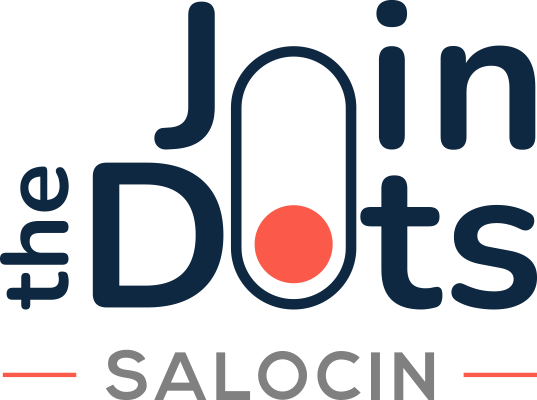Considering recent news about Meta CEO Mark Zuckerberg laying off staff at the company, we thought it to be a topic worth discussing. Could this impact the media-mix whereby audiences are put-off by the decision of making others redundant during an economic crisis? Or is Mark Zuckerberg planning for something exciting that could change the digital landscape for the better?
For years, we have seen technology progress and develop rapidly, especially with its advancement in ways of advertising and communication. Hosting Facebook, WhatsApp and Instagram, this news has shaken the industry as such huge platforms should have a solid workforce behind them. But Zuckerberg feels as though this is not necessary.
One news article stated how “The tech industry has been suffering through a severe slowdown in recent months, following a spike of success as the world moved indoors during the pandemic.”. Whilst the pandemic was unexpected it was expected that such a rise in technology usage would not remain consistent – life seems to be returning to what it once was and with people out of the house, they might not be as consumed by their devices.
However this is not a bad thing. Media planners can take advantage of this to create an omni-channel media plan whereby there is an effective distribution of budget to not only include multiple channels, but integrate them to produce quality results.
But what does this shift in digital media mean for your media planning?

It seems that these decisions from Zuckerberg have been actioned because of the decline in the platforms stock price. It’s understandable how losing profit can cause frustration for these CEOs; but by planning media effectively to integrate channels seamlessly can provide positive results.
Perhaps these changes have been made due to assumptions of their advertising revenues dropping, following from the other declining figures they’ve seen in other areas of the business. Again, how you plan to target your audience is crucial and enhancing the mix you have, analysing its structure can help develop your actions in future.
The basics of advertising explores how human behaviour is crucial in understanding how to target and engage your audience. Offering a variety of media pieces that subtly interconnect with each can prolong their customer journey and keep them engaged.
Zuckerberg’s choice to minimise a workforce is questionable. These individuals can offer insight and draw upon the range of their own experiences benefits this process in making sense of how we as consumers, might engage with a piece of media. Having first-hand qualitative information from potential demographics can help build the most appropriate model necessary for a campaign.
Especially since these are communication platforms, audiences would much rather know that their data and communications are being respected by people who feel similarly than by a system where its reliability could be questionable. Having a solid, secure customer journey can demonstrate this well.

Yes, campaign planning and media buying had its obstacles during the pandemic, but it also provided opportunities that may not have been considered if channels weren’t forced to be re-evaluated because of reach diminishing. Take mail for example, for those not ‘in the know’ the impact of mail remained consistent and has proven to be a reliable, successful channel – “consumers engaged with 96% of all mail during lockdown, with 88% of consumers saying they paid as much or more attention to mail received during lockdown.”
The place of print, and digital in omni-channel mix is pertinent and should not be overlooked. It’s never one channel or the other, If you’re curious as to how we ensure all channels work effectively in such a system, contact us and the team will be happy to discuss with you further.






